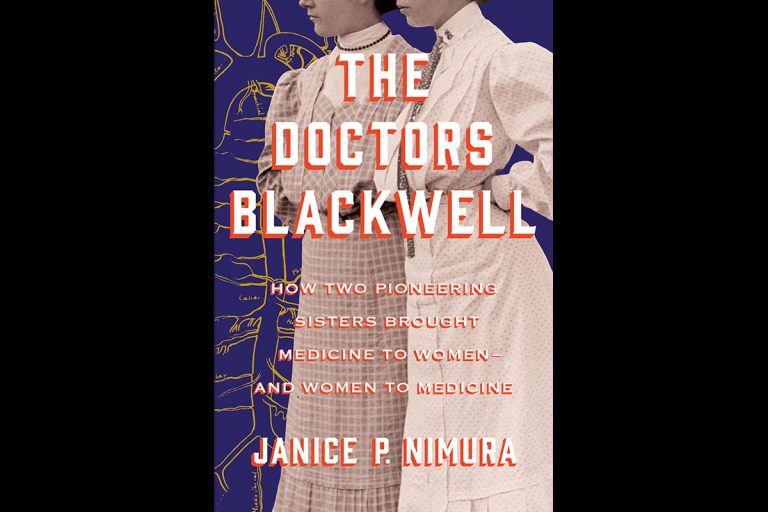



No female would be welcome among male medical students.Women didn’t have the intellectual and physical endurance that were required.Nimura reports some of the many objections that were raised: This despite the fact that Blackwell confessed that “the very thought of dwelling on the structure of the human body and its ailments filled me with disgust”. …at the age of 24, Elizabeth Blackwell had selected medicine as a means of proving a truth she believed to be divinely sanctioned: that women could be anything they wished according to the limits of individual talent and toil, and in reaching their fullest potential would raise humanity closer to its ideal. There was still prejudice, as I recounted in my book Women Aren’t Supposed to Fly: The Memoirs of a Female Flight Surgeon. Their pioneering efforts helped make it easier for me to earn an MD degree in 1970. I thought I owed them a debt of gratitude. Elizabeth was the first woman in America to earn a medical degree, and her sister soon followed. Elizabeth and her sister Emily were heroically tenacious in fighting the medical establishment and they triumphed in the end. The very idea was unthinkable, and no woman had ever been admitted to a medical school. When Elizabeth Blackwell was born, it was impossible for a woman to become a doctor.

Today about half of all medical students are female and more than 30% of American doctors are women. In 1950, only 6% of the doctors in America were women. The book was a New York Times bestseller and was praised as meticulously researched, drawing from family letters and diaries. This is a review of the book The Doctors Blackwell: How Two Pioneering Sisters Brought Medicine to Women – and Women to Medicine, by Janice P.


 0 kommentar(er)
0 kommentar(er)
